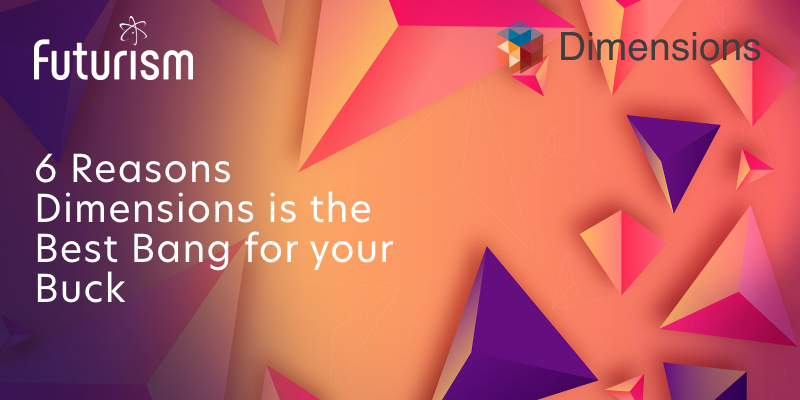AR Based Ecommerce: The Possible Use Cases

Futurism Technologies
July 18, 2019 - 1.2K
5 Min Read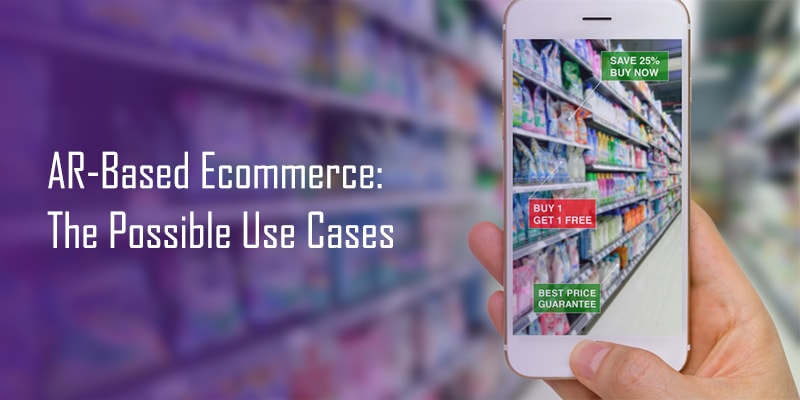
Any technology that can exert a positive impact on user experience will almost immediately be adopted by the e-commerce industry to sell products. The reason is online shoppers can’t touch and feel the products. That luxury is an exclusive right of brick and mortar shops. Augmented reality (AR), with its ability to superimpose digital information onto the physical environment, is one such technology which can alter the core human experience.
It’s not a coincidence that about 40% of consumers would be willing to spend more on a product if it offered an augmented reality experience. AR based ecommerce, thus, is the de facto path for online retailers if they want to secure a much-needed competitive edge.
Before dwelling into the use cases for AR based ecommerce, it’s important to understand the psychological impact of the AR technology.
1) Connection with the Product:
When users interact with the digital information superimposed on a physical object that they are comfortable with, a sense of ease and connection gets naturally developed for the AR-projected product. Note that this is the first psychological sign of conversion.
2) Immersive Experience:
The strength of AR is its immersiveness, where every customer feels that he is actively involved in the story of the ad or brand. This is unlike any other traditional form of marketing engagement, as the impact on the user is massive.
3) Novelty:
Humans are wired to get thrilled by new and never-seen-kind-of-experiences. With the unique fusion of the “real” and “virtual”, AR offers the same thrill which can become a massive engagement puller.
Shaping Up the AR Based Ecommerce
Though e-commerce has charted out many unbelievable success stories, e-commerce innovators are still struggling to overcome the biggest psychological barrier that online consumers face. Online sellers are losing innumerable sales opportunities due to shoppers’ inability to thoroughly evaluate and envision the sense of using the product. AR based ecommerce can act as a silver bullet here. By enabling shoppers to visualize the products they’re considering, in the same context of the physical space they’re going to be used in, AR can do wonders by dispelling the qualms that shoppers might have about the products in the question.
Let’s dig deeper into the actual benefits of AR-based ecommerce
1) Pre-Buying Visualization of the Product Experience:
By helping consumers visualize the product in the context of the physical space they’ll occupy, AR apps eliminate the detrimental ambiguity from e-commerce purchases. Home furnishings giant IKEA’s IKEA Place AR app is a case in point here. The app helps shoppers visualize how the furniture and other decorative pieces will look inside their living rooms. Shoppers can then easily change products, alter product attributes such as size and color, and see how different furniture items and the room decor will complement each other.
Note that apart from letting the shoppers visualize the actual use and benefit of products, AR based ecommerce also speeds up the product search process for high-value and bulky products.
2) Utmost Personalization:
In an era which is marred by all-too-similar-products, differentiating the business solely on products is almost impossible. Customer experience, thus, is going to emerge as the biggest battleground for acquiring and retaining the customers. AR based ecommerce can give a long rope to the struggling online retailers by making the whole buying experience ultra-personal.
As AR can let shopper virtually try the products, AR apps can collect, save, and analyze information of every shopper. For example, a fashion company can save information about the shopper’s size and style preferences. Later, the app can make recommendations and upsell the customer.
Moreover, it can also help shoppers make decisions more quickly. The AR app from Sephora, for example, allows users to upload images of their face. They can then virtually apply various makeup and skincare products to the images, enabling them to visualize how the makeup would look on their face.
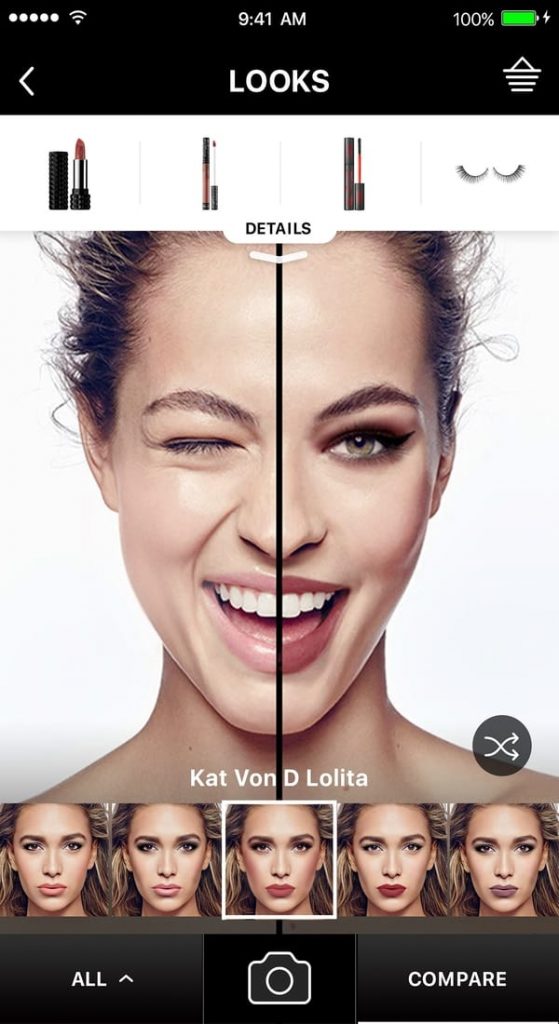
The best part of this app is it streamlines the purchasing process and reduces the number of products that customers return. When customers can precisely envision what product suits them, they won’t return it frequently.
3) Store-Like Experience:
One of the biggest motivations for shoppers to shop at a retail store is the availability of products on neatly organized shelves and aisles. AR based ecommerce can replicate this “retail aisle” experience on digital avenues.
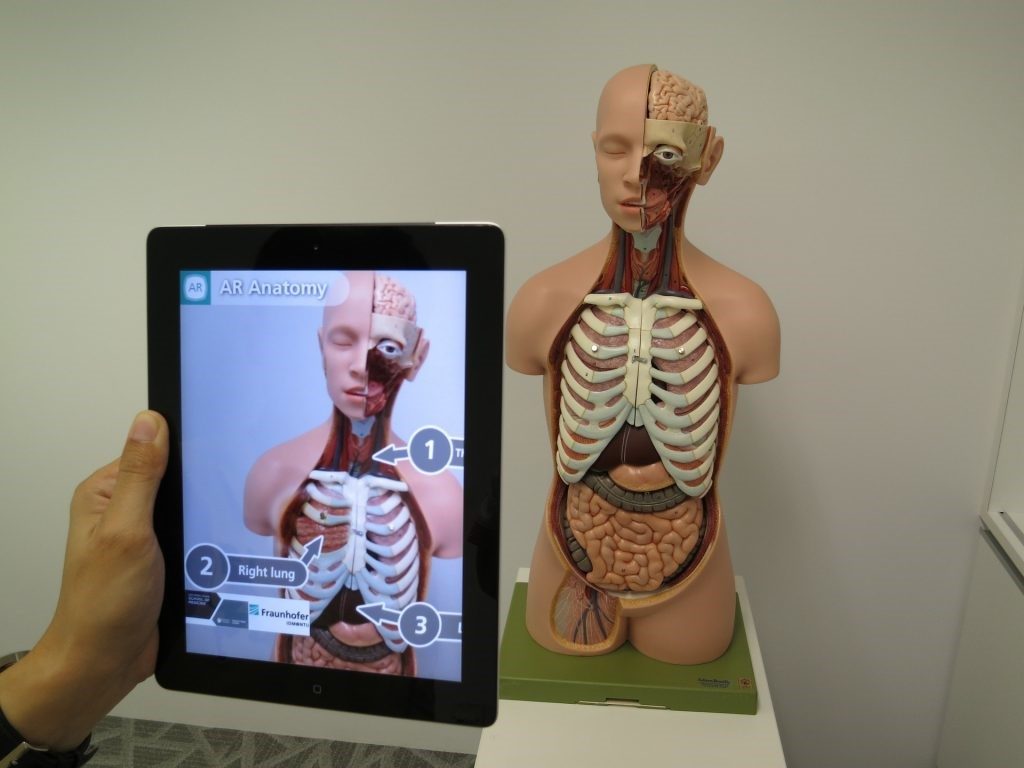
With an AR app, an e-commerce retailer can create a virtual shelf with various range of products, projecting it on the walls of a customer’s living room. By just pointing and clicking on the products they’re more interested in, customers can get more information about the same.
Its obvious benefit is the way it brings proximity between the buyer and the product which is there on the screen, and not in the hands of buyers. Unless there is this psychological connection, conversion is a distant dream.
4) Making Products More Comprehensible:
Nearly 95% of shoppers read online reviews before making a purchase, and 72% of customers don’t take action until they have read reviews. It’s a clear reflection of the extra-cautiousness that buyers show while buying. They don’t want to buy until they are sure about the usability and the quality of the product. That’s their way to keep a buyer’s guilt at bay.
Online retailers, thus, need to create a system which will dispel all the initial doubts that buyers may have. AR based ecommerce, through AR manuals, is a potent weapon in achieving it.
AR user manual exhibits the process of reading a product manual in an interactive way with a step-by-step virtual guide. Users, who are used to smart devices, can easily go through the details of the product. It doesn’t just reduce the product evaluation time. It also cut shorts the unknown risks that customers might have with the products.
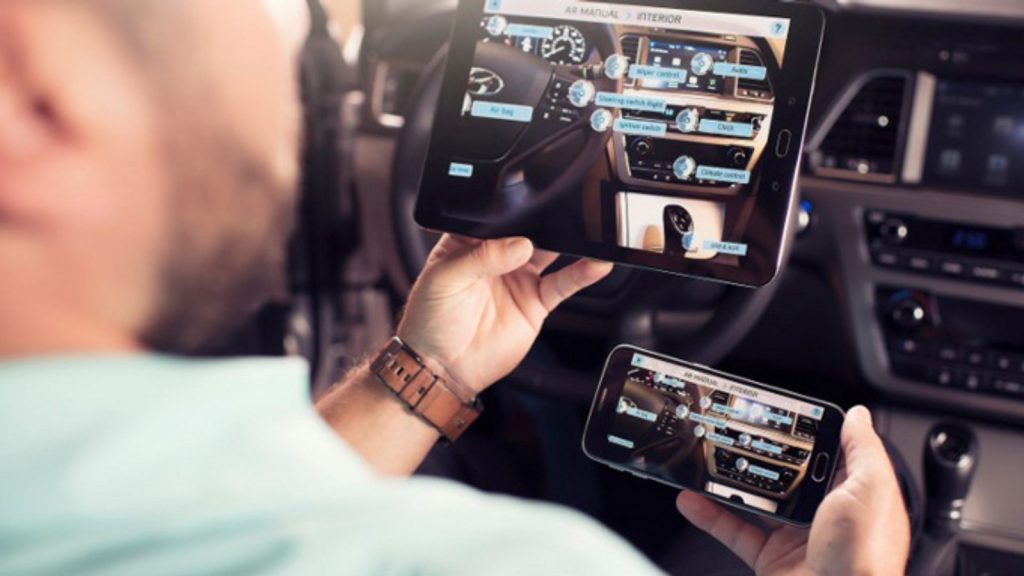
Owing to the immersive 3D experience integrated with AR Technology, AR manual increases the chances of comprehensibility. With a simple scan of the appliance, the AR manual specifies all the useful instructions and features virtually.
In A Nutshell:
It’s as clear as day that any online retailer who wishes to create a mark in the current times has to sit in the lap of AR based ecommerce. From customer experience to product presentation, AR is well-positioned to give perfect offerings. Only those retailers will reap the biggest benefits of AR and VR who will invest early. Shoppers also want something which will finally remove uncertainty from the online buying process. And AR, with all the futuristic innovations, can fulfill that want.
Subscribe Now!
TRENDING POSTS
-
Futurism Returns to Hannover Messe 2024: Leading the Charge in Industrial and Digital Transformation
-
The Role of Smart Maritime IoT Solutions in Enhancing Maritime Safety
-
Data Integration Unlocked: From Silos to Strategy for Competitive Success
-
Navigating the Shadows: Understanding Zero-Click Attacks in the Digital Age
-
AI Reimagined: Crafting Next-Gen AI Apps with Expert Fine-Tuning
-
Explore Next-Gen Digital Solutions with Futurism at MWC 2024
-
Futurism Unleashes the Technology of Tomorrow at MWC Barcelona 2024
-
Futurism AI: Turning Ideas into Apps at Lightning-Fast Speed
-
Accelerate AI Across Your Enterprise With Futurism AI
-
Futurism to Address the Biggest Security Challenges at RSS 2022
-
Futurism at SelectUSA 2022: Steering the Next Wave of Businesses
-
Futurism to Uplift the MSP Business Community at the MSP Expo 2022
-
Futurism Sets Out to Address the Biggest Security Challenges at the RSA Conference 2022
-
5 Ways to Prepare Your Business for Digital Transformation
-
4 Ways To Win at Digital Transformation on a Shoestring Budget
-
Futurism: Empowering MSPs at the Channel Partners Conference & Expo 2022
-
Why AI in Digital Marketing is the Next Big Thing?
-
Futurism brings ‘Mobile First Digital Transformation’ to the fore at MWC Barcelona 2022
-
Cybersecurity for Rural Hospitals: How can Rural Hospitals become Cyber Smart?
-
Futurism Empowers Rural Health Care Community at the AHA Rural Health Care Leadership Conference
-
The Biggest Problem With Cybersecurity In Healthcare Sector, And How IBM QRadar Can Fix It?
-
How IBM MaaS360 is Revolutionizing Endpoint Security in the Healthcare Industry?
-
Futurism to Present its MSP Partner Program at the Channel Partners Conference & Expo 2021
-
EndPoint Security in Healthcare Matters and IBM MaaS360 Can Help
-
How AI Will Enable Faster Adaptation of Digital Transformation
-
How Is Digital Modernization Important In Supplier On-Boarding?
-
Top 10 Email Marketing Tips for This Holiday Season
-
Benefits of using ERP Software for Energy and Gas Industries




